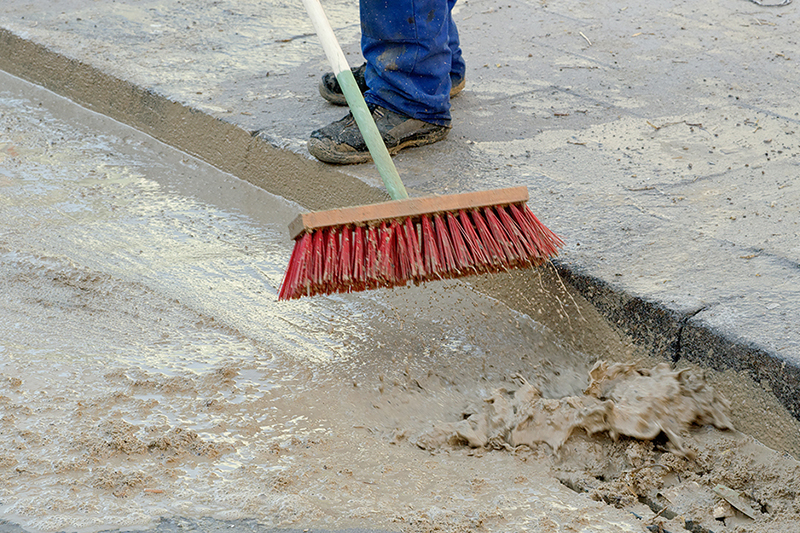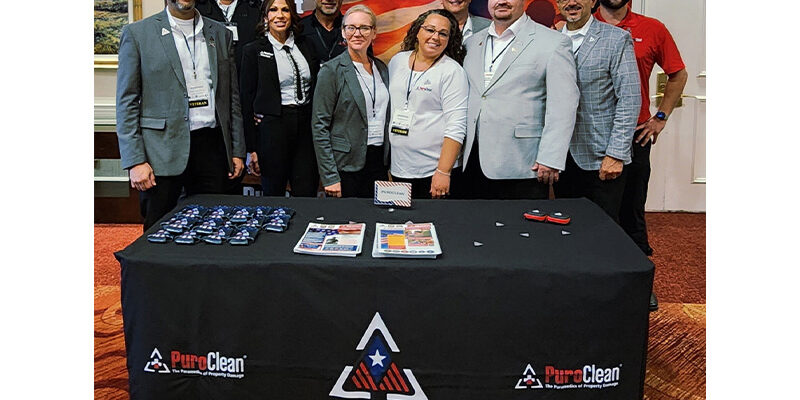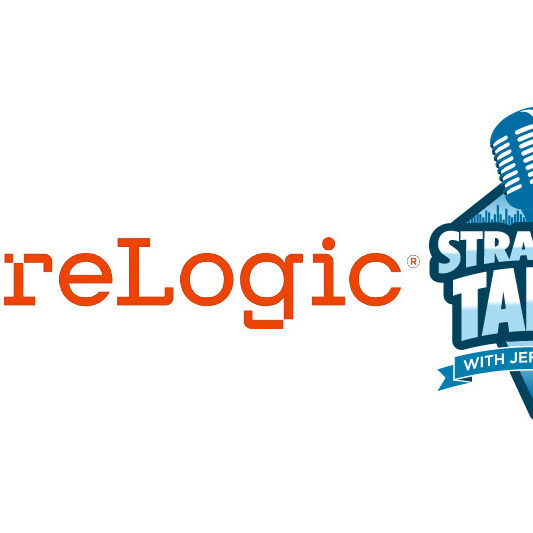Most U.S. Homeowners Don’t Carry Flood Insurance Despite Growing Risk

Floods are the most common and widespread of all weather-related natural disasters, according to National Oceanic and Atmospheric Administration’s (NOAA) National Sever Storms Laboratory.
Still, a recent flood report found the number of active National Flood Insurance Program (NFIP) policies decreased slightly between November 2023 and November 2024. An average of 3.3% of households across the U.S. have NFIP coverage, according to the study. In turn, less than 1.0% of homes in 26 states have this flood insurance. Louisiana (20.9%) has the highest percentage of homes with NFIP coverage, followed by Florida (17.9%) and Hawaii (10.8%).
By state, the number of policies surged the most (25.4%) in New Mexico. Alaska (21.0%), and Maine (18.5%) followed. New Mexico had the biggest surge, adding 2,616 active policies, after a severe storm caused widespread flooding in the state in October 2024, leading to a federal disaster declaration. Additionally, the Federal Emergency Management Agency (FEMA) offered five years of flood insurance coverage for homes that weren’t required to carry it in areas affected by the Hermits Peak-Calf Canyon fire in New Mexico, highlighting how wildfires can contribute to flooding disasters. Like New Mexico, Maine and Alaska experienced significant flooding events last year.
On the other hand, flood policies decreased the most in Utah (37.5%), North Dakota (10.1%) and West Virginia (7.6%).
As of Nov. 30, nearly 99,000 NFIP claims were filed in 2024—74,272 of which were paid. The average payment per claim was US$33,905. Hurricanes Helene and Milton caused the most significant flood losses in 2024, with the average payment for Florida claims related to Hurricane Helene being $38,970 (totaling $1.6 billion).
An average of 39.1% of NFIP policies across the U.S. are in areas not considered high flood-risk zones, and these areas account for 30.6% of reported losses. The states with the highest percentage of losses outside these zones are the District of Columbia (85.6%), Utah (81.3%) and Wyoming (61.6%).
Flood insurance isn’t mandatory (in most cases) unless your home is in a special flood hazard area (SFHA), so homeowners may find it easier to cut back on flood insurance to manage their rising insurance costs, the report said.












